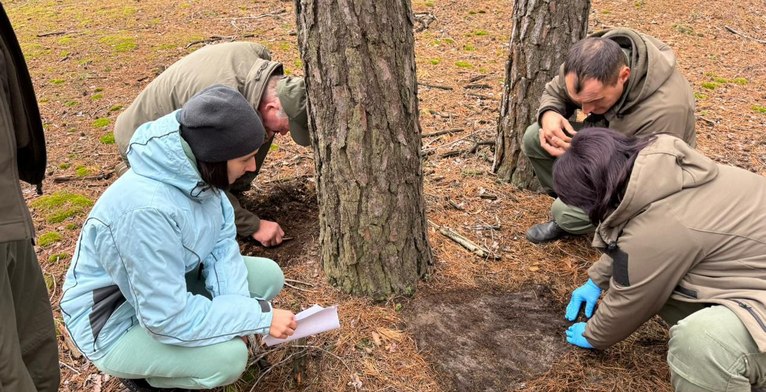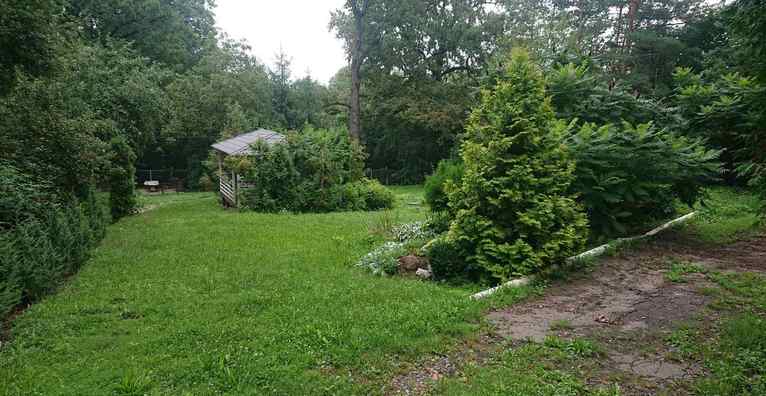Every spring, we enjoy their blooming as these trees unfurl their candle-like flowers, bringing joy to parks, alleys, and forests. Yes, we are talking about chestnut trees.
However, it is often noticeable that these majestic alley trees start losing their natural color, turning yellow and shedding leaves prematurely, leading to their gradual decline. Chestnuts cannot regenerate their leaves after summer loss. If more than 60% of the leaf surface is damaged, the leaf falls off, causing a phenomenon known as autumn blooming, which poses a threat to the tree.
Researchers from DSLP "Kharkivlisozakhyst" conducted studies in parks across Kharkiv. Laboratory analysis confirmed that most leaves were affected by brown leaf spot and the horse chestnut leaf miner.
Brown leaf spot is caused by the fungus Guignardia aesculi (Peck) V.B. Stewart, an obligate parasite. The disease is characterized by rust-brown or light brown necrotic spots of irregular shape on the leaf blade. As the disease progresses, the spots expand, covering the entire leaf and causing premature drying. Black fungal pycnidia form on the upper side of the leaves.
Alongside this disease, the presence of the horse chestnut leaf miner was observed. The larvae of this pest feed on leaf tissues, creating deep and extensive mines. Such damage leads to leaf drying and shedding, preventing bud formation. During winter, affected trees are more prone to freezing.
To prevent damage from the horse chestnut leaf miner and brown leaf spot, DSLP "Kharkivlisozakhyst" recommends the following measures:
- Late autumn plowing and inter-row treatment to eliminate larvae and pupae.
- Cleaning the trunks and main branches from dead bark.
- Soil loosening in summer during pest pupation.
- Removing and burning fallen leaves.
- Using biostimulants (Probiotech Reanimator, Epin-Extra, etc.) against brown leaf spot.
- Applying fungicides based on penconazole and systemic trunk injections with strobilurins.
- If miner infestation exceeds one per leaf, applying permitted systemic insecticides such as Kamer Kill Plus, Aktara 25 WG, or Lufoks 105.






